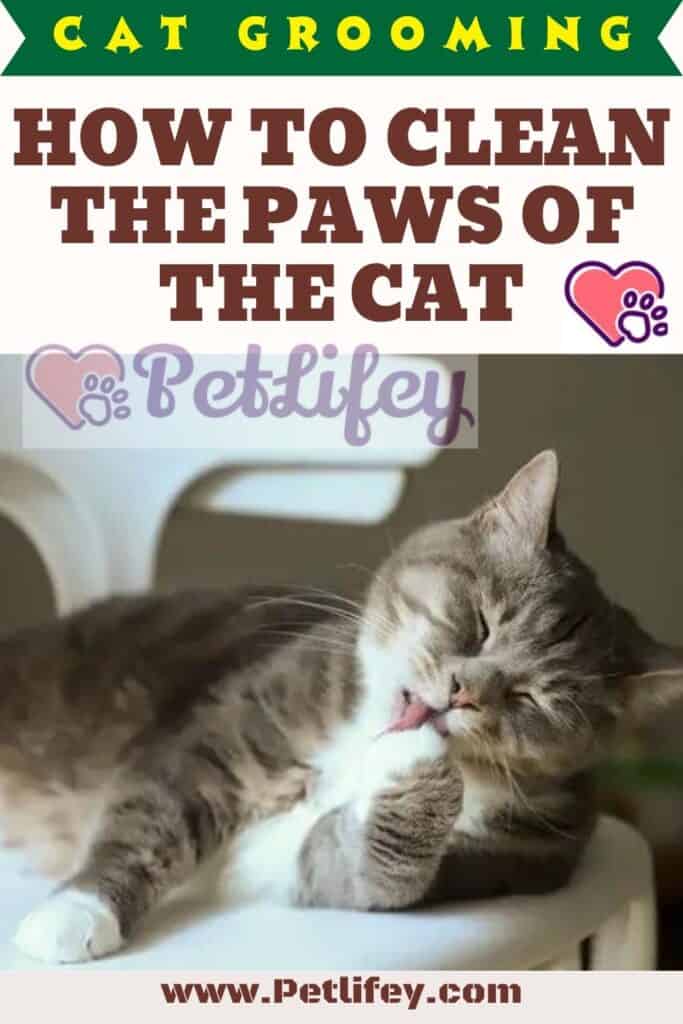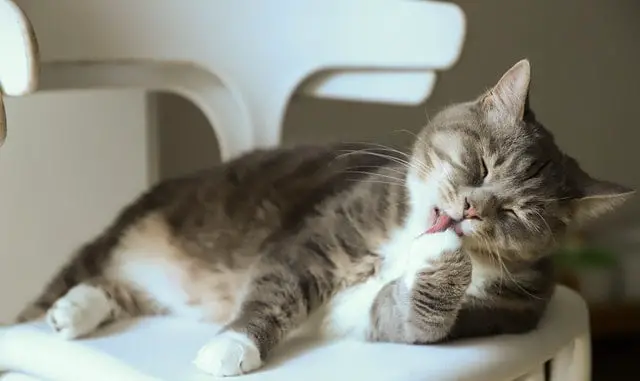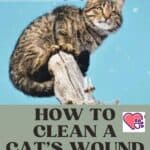
In this period when hygiene is very important, washing our hands is essential. But our furry friend cannot do the same: so let’s see how to clean the paws of the cat in the best possible way.
Although it has been made official that it is not possible to have infections from animals due to the Coronavirus emergency, the hygiene of our furry friends is essential and every precaution is useful. Cleaning the paws of the cat when he returns home, but also simply in his daily life, is important and must be done methodically and regularly. Think about how many times he goes to the litter box and walks in it, digs and covers his little needles, then walks around jumping on the furniture, perhaps in the kitchen or on the table, and then jumps into it. This makes us understand how important the hygiene of our cat’s paws is, in order to avoid possible problems to his health and ours.
Not quite 100%, but clean
Cats bathe themselves, we all know that, and often the belief we have is that the cat is totally clean just by licking it. Actually, the fact that he walks on the floor or outside, perhaps in the dirt, or in his litter box, should set us off a little alarm bell.
Once the cat cleans its paws after passing through the litter box, we can actually be sure that we won’t find any kind of residue under its paws. But unfortunately it is not possible to be completely sure that the cat has cleaned its paws before jumping into our arms. In fact, cats groom themselves on average during half of the hours they are awake, cleaning themselves and other cats in the house. Sometimes, they even spend even more time on this business.
While your cat is so busy grooming, it’s best not to rely on self-grooming alone. Let’s make a commitment to keep the spaces where we eat and prepare food clean, as the best thing is to always clean all areas of the kitchen before preparing food. Most of us probably do it anyway, regardless of pets!
The danger of toxoplasmosis
Toxoplasmosis is a disease caused by bacteria found in cat feces – but also in some meats, unpasteurized milk, unwashed fruits and vegetables. This disease can cause flu-like symptoms in some people, and birth defects if a woman becomes infected with it when she is pregnant for the first time.
If kitchen furniture, knives or cutting boards come into contact with something that has the bacterium, we could be infected. Because this happens when a cat hops on furniture with contaminated paws – but also when contaminated fruit touches a cutting board, for example – we should always wash kitchen surfaces frequently. Also, pregnant women should always wash their hands before eating, but this is a practice that should always be followed by everyone.
How to clean a cat’s paws

If the cat has dirty paws, perhaps with soil, or excrement, or dust stuck under the nails or between the fingers, he will not always be able to clean them completely by himself. Let’s use a dry clean cloth, cotton swab, or veterinary cat wipes, and let’s take care of it.
First of all, let’s avoid giving too much importance to it. If the cat is used to contact, we simply take the paw gently and clean it quickly. If, on the other hand, the cat is nervous and grumpy, it will be better to wrap the cat in a towel or blanket, with the dirty paw sticking out, to clean it quietly.
To ease litter box problems and dirty paws, a good buy can be a litter mat. Let’s look for one with angled edges, which are specially designed to help the cat remove dirt in the paws. We place the mat outside the litter box so that the cat has to walk over it when it comes out.
If we live in a particularly cold or hot area, our cat’s pads, even if normally able to adapt, may not be able to provide good insulation against extreme temperatures. The pads can therefore become dry and crack if we do not hydrate them.
We use a fast-absorbing and penetrating emollient, such as petroleum jelly, applying it 2-3 times a week, for a few weeks in case of dryness. This type of product can also resist the natural feline instinct to lick its paws. Olive oil is another good moisturizer, while cortisone cream and tea tree oil are not suitable for cat paws.






